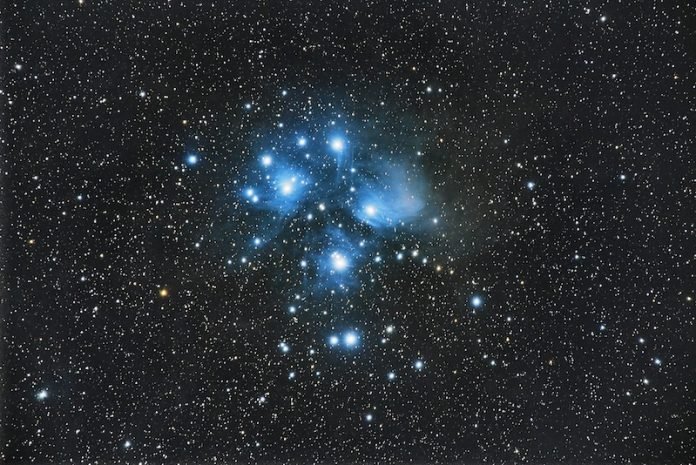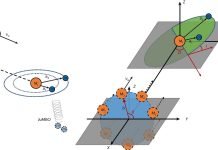
In a new study from the University of Ottawa, the existence of dark matter—a cornerstone in our current understanding of the universe’s composition—has been challenged.
Published in The Astrophysical Journal, this research introduces a bold new perspective that could reshape our grasp of cosmic fundamentals.
Traditionally, cosmologists have divided the universe into three main components: ordinary matter (the stuff making up stars, planets, and everything visible), dark matter (an invisible substance thought to constitute about 27% of the universe and influence its structure through gravity), and dark energy (believed to drive the universe’s accelerated expansion).
Professor Rajendra Gupta from the Faculty of Science at the University of Ottawa is the architect behind this revolutionary study.
He employs a novel approach combining the covarying coupling constants (CCC) and “tired light” (TL) theories, referred to as the CCC+TL model.
This innovative model proposes that the forces of nature diminish over cosmic time and that light loses energy over vast distances—ideas that, when combined, challenge the necessity of dark matter in explaining cosmic phenomena.
The CCC+TL model has demonstrated compatibility with several critical observations, including the distribution of galaxies and the evolution of light from the universe’s infancy.
These findings suggest a universe that operates differently from what current models propose, particularly regarding the roles of dark matter and dark energy.
Gupta’s research further contends that the universe might not need dark matter to explain its structure and behaviors.
Instead, it suggests that the observable phenomena attributed to dark matter could be explained by the weakening of nature’s forces as the universe expands.
This theory also revisits the concept of “redshifts”—changes in the light spectrum that have traditionally been interpreted as evidence for the universe’s expansion—to support its claims.
This isn’t the first time Gupta has made headlines with his unconventional theories. His previous work suggested that the universe could be older than currently believed, estimating its age at 26.7 billion years—nearly twice the age suggested by the standard cosmological model.
This assertion laid the groundwork for his current challenge to the necessity of dark matter.
Gupta’s study stands out not only for questioning the existence of dark matter but for proposing a cosmological model that aligns with key observations without relying on this mysterious substance.
By doing so, it opens up new possibilities for understanding the universe’s fundamental nature and its overarching dynamics.
The implications of Gupta’s work are profound, suggesting a paradigm shift in how we understand the cosmos.
If the universe can indeed be explained without dark matter, it would necessitate a reevaluation of numerous theories and models that have guided astronomical research for decades.
As the scientific community delves deeper into these findings, we stand on the brink of potentially rewriting the story of the universe, its origins, and its ultimate fate.
The research findings can be found in The Astrophysical Journal.
Copyright © 2024 Knowridge Science Report. All rights reserved.




